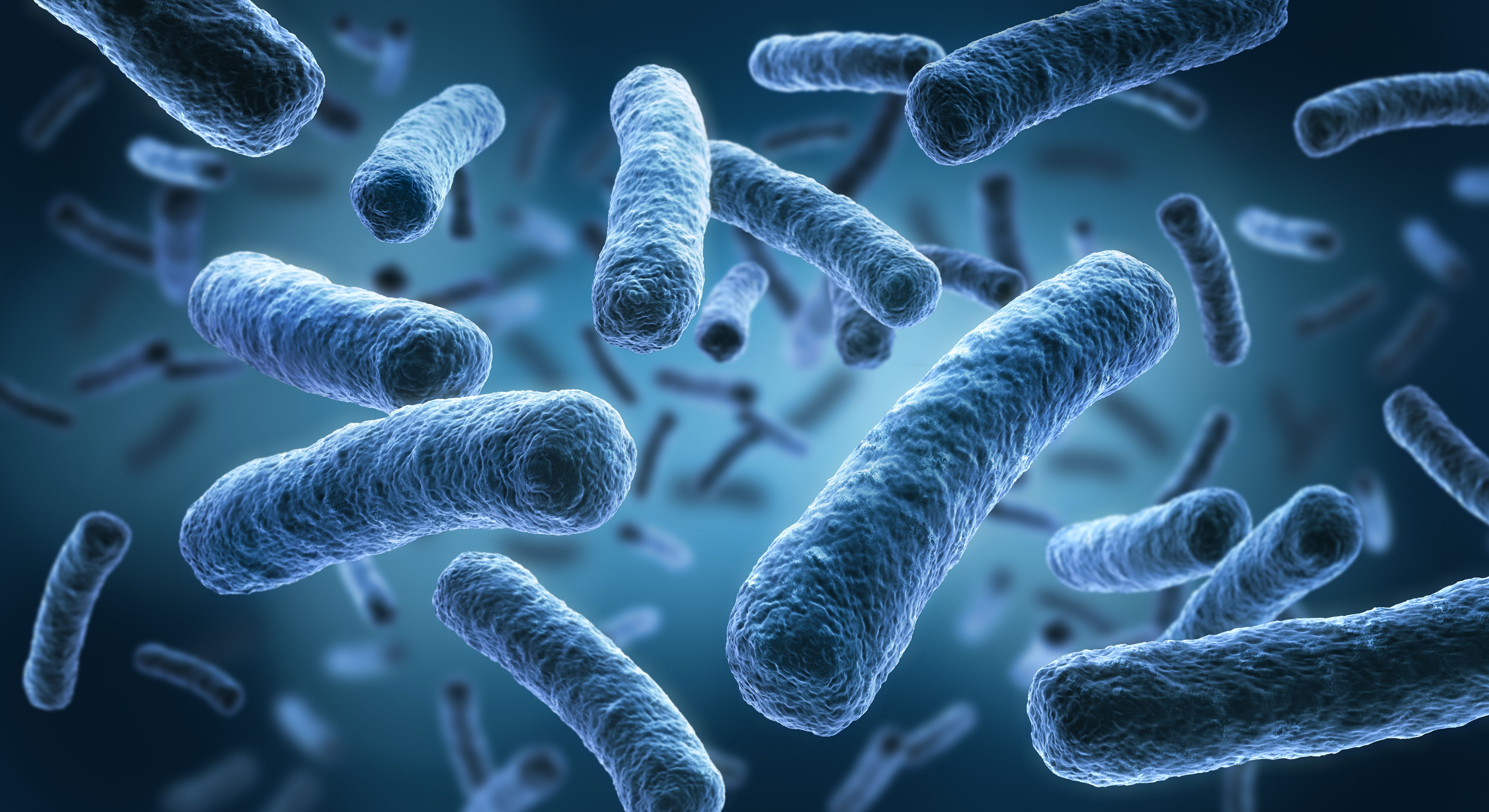New Technique Reveals Hidden Structures of Lipid A with Multiple Glycosylation Sites
A new tandem mass spectrometry technique has been developed for the rapid determination of complex lipid A structures, including novel variations from arctic bacterioplankton. This study enhances our understanding of bacterial adaptations and paves the way for the development of targeted therapies and antimicrobial agents.
A breakthrough in structural determination of lipids has been achieved with the development of a new tandem mass spectrometric technique, as reported in the recent issue of the Journal of the American Society for Mass Spectrometry (1). The study, led by Charles R. Sweet from the United States Naval Academy and Robert K. Ernst from the School of Dentistry at the University of Maryland, focuses on the elucidation of the structure of lipid A, a crucial component of Gram-negative bacterial species.
Legionellen 2 | Image Credit: © peterschreiber.media - stock.adobe.com

The newly developed technique, known as FLATn-Li (fragmentation of lithium-adducted negative ions), builds upon the FLATn method and enables the generation of additional structural and diagnostic data. By applying FLATn-Li, researchers were able to discriminate terminal phosphate modifications in various pathogenic and environmental species, thereby enhancing the understanding of lipid A structure.
Fragmenting lithium-adducted negative ions refers to the process of breaking apart negatively charged ions of lipid molecules that have formed complexes with lithium ions. This fragmentation is achieved through tandem mass spectrometry techniques. By subjecting the lithium-adducted negative ions to controlled fragmentation, additional structural and diagnostic information about the lipid molecules can be obtained. This approach allows for a more detailed analysis of the lipid A structures, including the identification of specific modifications and glycosylation sites.
The team successfully employed FLATn-Li to determine the lipid A structure in multiple bacterial species. Notably, they discovered novel structures in arctic bacterioplankton belonging to the Duganella and Massilia genera. These species exhibited a preference for 4-amino-4-deoxy-l-arabinopyranose (Ara4N) modification at the 1-phosphate position and demonstrated double glycosylation with Ara4N at the 1 and 4′ phosphate positions simultaneously.
The significance of this finding lies in the identification of extensive structural lipid A modifications in environmental psychrophilic species, which were previously associated with pathogenic adaptations and resistance to cationic antimicrobial peptides. It was observed that the Ara4N modification can functionally replace the positive charge of the phosphoethanolamine modification typically attached to the 1-phosphate position of modified lipid A.
The implications of these findings extend beyond the specific lipid A structures identified. They shed light on the role of phosphate modifications in environmental species' adaptation, providing valuable insights into the structural adaptations that allow bacteria to thrive in diverse environments.
This breakthrough achieved through FLATn-Li opens up new possibilities for studying the intricate structures of lipids and their modifications. This knowledge can contribute to the development of targeted therapies and antimicrobial agents that disrupt the pathogenic adaptations of Gram-negative bacteria. Further research will be conducted to explore the broader application of FLATn-Li in lipid structural analysis, aiming to uncover more insights into the fascinating world of bacterial lipid modifications.
Reference
(1) Yang, H.; Sherman, M. E.; Koo, C. J.; Treaster, L. M.; Smith, J. P.; Gallaher, S. G.; Goodlett, D. R.; Sweet, C. R.; Ernst, R. K. Structure Determination of Lipid A with Multiple Glycosylation Sites by Tandem MS of Lithium-Adducted Negative Ions. J. Am. Soc. Mass Spectrom. 2023. DOI: https://doi.org/10.1021/jasms.3c00014










Characterizing Plant Polysaccharides Using Size-Exclusion Chromatography
April 4th 2025With green chemistry becoming more standardized, Leena Pitkänen of Aalto University analyzed how useful size-exclusion chromatography (SEC) and asymmetric flow field-flow fractionation (AF4) could be in characterizing plant polysaccharides.
Characterizing Plant Polysaccharides Using Size-Exclusion Chromatography
April 4th 2025With green chemistry becoming more standardized, Leena Pitkänen of Aalto University analyzed how useful size-exclusion chromatography (SEC) and asymmetric flow field-flow fractionation (AF4) could be in characterizing plant polysaccharides.
